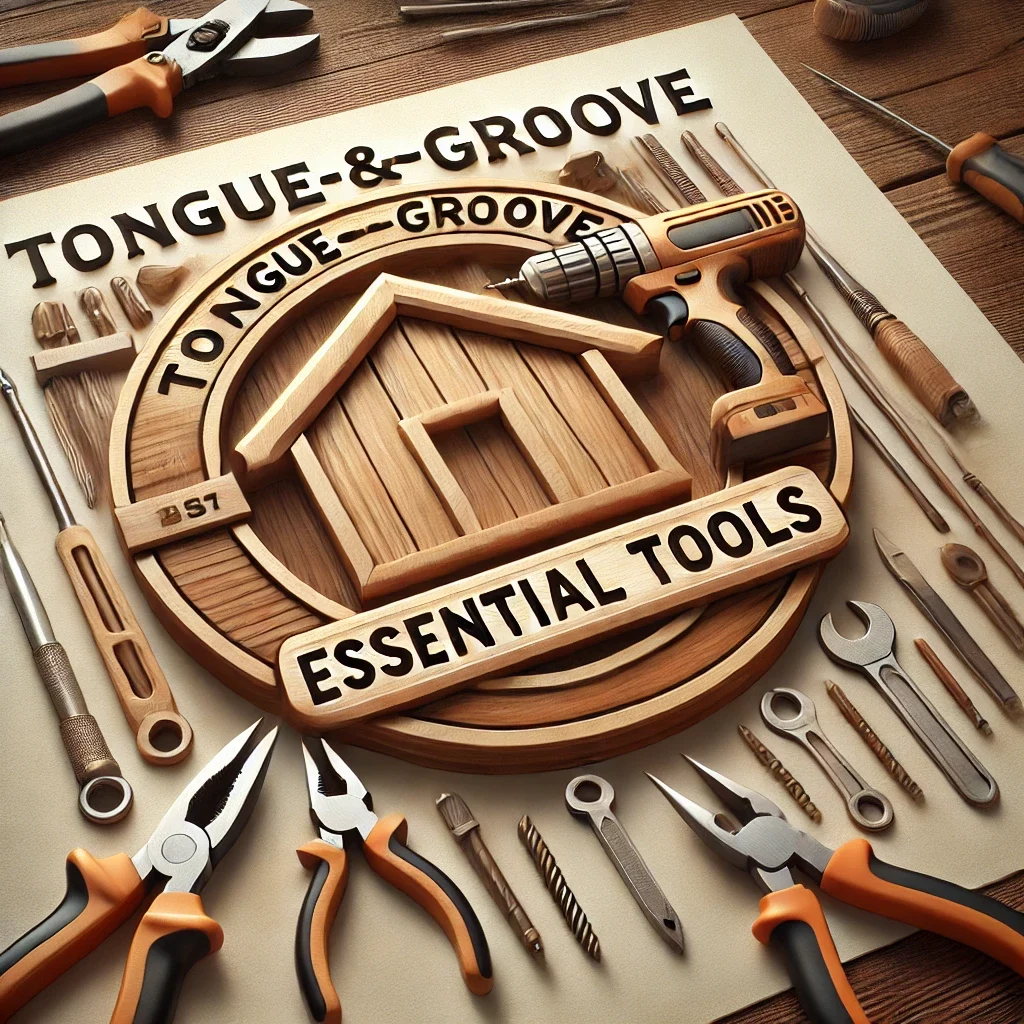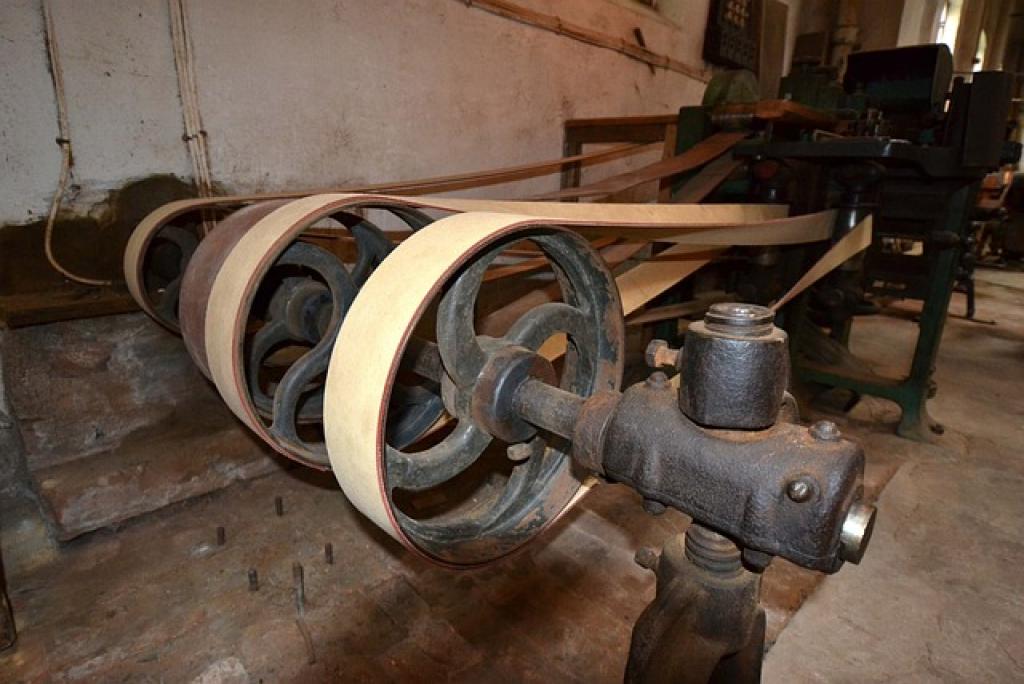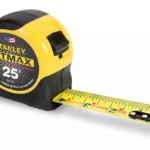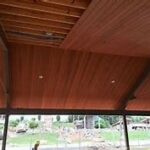If you have ever marveled at the seamless connections in well-crafted wooden furniture or structures, chances are you were looking at mortise and tenon joints. These classic joints have been used for centuries and are renowned for their strength and durability. In this comprehensive guide, we will delve into the world of traditional wood joinery, focusing specifically on mortise and tenon joints.
What are Mortise and Tenon Joints?
At its core, a mortise and tenon joint consists of two parts: the mortise, which is a cavity or hole in one piece of wood, and the tenon, which is a projection on the end of another piece of wood designed to fit into the mortise. When these two elements are fit together and secured, they form a strong, rigid connection that can withstand the test of time.
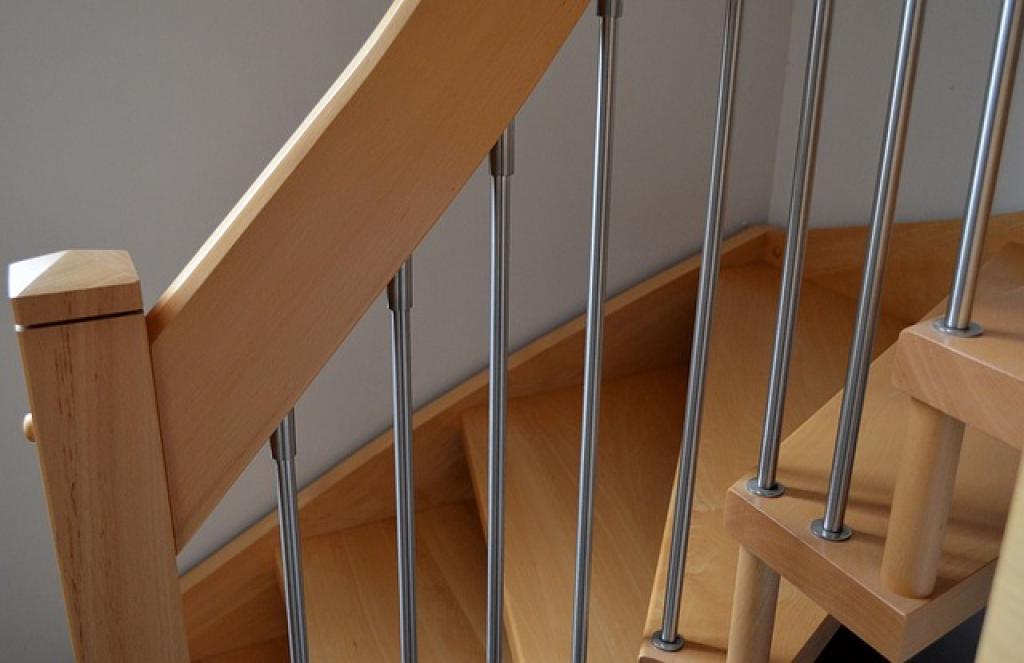
Types of Mortise and Tenon Joints
There are several variations of mortise and tenon joints, each with its own unique characteristics and applications. Some common types include:
Through Mortise and Tenon
In this type of joint, the tenon passes entirely through the mortise and is visible on both sides of the workpiece. This type of joint is often used in situations where both sides of the joint are visible and aesthetics are important.
Blind Mortise and Tenon
As the name suggests, in a blind mortise and tenon joint, the tenon does not extend through the full thickness of the workpiece. This type of joint is commonly used in situations where a clean, hidden joint is desired.
Wedged Mortise and Tenon
A wedged mortise and tenon joint adds an extra level of security and visual interest to the connection. After the tenon is inserted into the mortise, a wedge is driven into a slot in the tenon, spreading it and locking it tightly in place.
Benefits of Mortise and Tenon Joints
Mortise and tenon joints offer several advantages that make them a popular choice for woodworkers and craftsmen alike. Some key benefits include:
- Strength: Due to the large glue surface area and interlocking nature of the joint, mortise and tenon connections are incredibly strong.
- Durability: When properly constructed and maintained, mortise and tenon joints can last for generations without loosening or failing.
- Aesthetics: The clean lines and seamless connections of mortise and tenon joints add a touch of elegance to any woodworking project.
How to Make a Mortise and Tenon Joint
Creating a mortise and tenon joint requires precision, patience, and attention to detail. Here is a basic overview of the steps involved in making a traditional mortise and tenon joint:
- Prepare the Workpieces: Start by marking out the locations of the mortise and tenon on the two pieces of wood that will be joined.
- Cut the Mortise: Use a chisel, drill, or dedicated mortising machine to remove material and create the mortise in one of the workpieces.
- Cut the Tenon: Carefully shape the end of the other workpiece to create a tenon that fits snugly into the mortise.
- Dry Fit and Adjust: Test fit the tenon into the mortise and make any necessary adjustments to ensure a tight, precise fit.
- Glue and Assemble: Apply glue to the mortise and tenon, then assemble the joint, making sure everything is aligned correctly.
- Secure the Joint: Clamp the pieces together and allow the glue to dry completely before removing the clamps.
Tips for Success
While mortise and tenon joints are a classic woodworking technique, mastering them takes practice and skill. Here are a few tips to help you achieve success with your joints:
- Precision is Key: Take your time to ensure that the mortise and tenon are cut to the correct dimensions for a tight fit.
- Practice Makes Perfect: Don’t be discouraged if your first few attempts are less than perfect. Like any skill, woodworking takes practice to master.
- Choose the Right Tools: Investing in quality chisels, saws, and marking tools can make a big difference in the accuracy and ease of creating mortise and tenon joints.
The Bottom Line
In conclusion, mortise and tenon joints are a time-tested method of wood joinery that offers unparalleled strength, durability, and beauty. Whether you are a seasoned woodworker or just starting out on your woodworking journey, mastering the art of mortise and tenon joints is a valuable skill that will serve you well in a wide range of projects. Practice, patience, and attention to detail are the keys to creating flawless mortise and tenon connections that will stand the test of time. So, the next time you embark on a woodworking project, consider incorporating the beauty and strength of mortise and tenon joints into your design. Happy woodworking!
